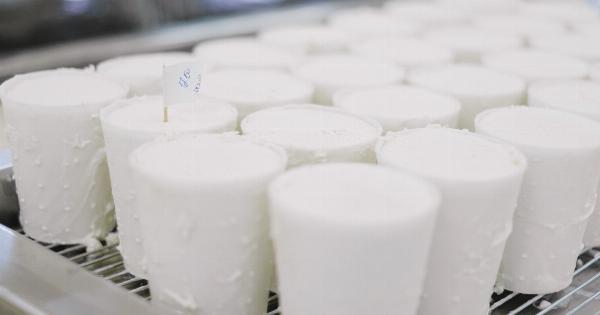Breastfeeding is the most natural way of feeding babies. It provides all the necessary nutrients to ensure babies grow and develop properly. However, sometimes babies develop habits that can harm the breastfeeding experience.
Two of these habits are finger and pacifier sucking. While they can be helpful in certain situations, they can also be problematic.
What is Finger and Pacifier Sucking?
Finger and pacifier sucking are quite common among babies. Finger sucking is the process of putting the fingers into the mouth and sucking on them for soothing or comfort. Pacifier sucking is the process of using a pacifier to soothe or calm a baby.
Both activities are commonly used to help babies relax, but they can also lead to difficulties if continued for too long.
Why is Finger and Pacifier Sucking a Problem?
While finger and pacifier sucking are common, they can harm a baby’s breastfeeding experience. Below are some of the reasons why finger and pacifier sucking can be problematic:.
1. Reduced Breastfeeding Frequency
One of the main problems with finger and pacifier sucking is that it reduces the frequency of breastfeeding. Babies who turn to finger or pacifier sucking may not feed as often, as they feel full from this habit.
This can lead to decreased milk production and reduced milk supply. It can also cause issues such as engorgement and mastitis.
2. Nipple Confusion
Finger and pacifier sucking can also lead to nipple confusion. This is where a baby cannot tell the difference between a pacifier or nipple, which can lead to difficulty latching on during breastfeeding.
Nipple confusion can, in turn, lead to a reduction in milk production and reduced milk supply.
3. Decreased Milk Production
Another problem with finger and pacifier sucking is that it can lead to decreased milk production. When a baby is not breastfeeding frequently, the breasts do not get the necessary stimulation to produce enough milk.
This can lead to a reduced milk supply, which can negatively impact the breastfeeding experience.
4. Dental Issues
Prolonged finger and pacifier sucking can lead to dental issues. Babies who suck on their fingers or pacifiers for an extended period can cause improper teeth alignment and jaw development.
This can lead to speech issues, breathing difficulties, and other problems in the future.
5. Increased Risk of Infection
Finger and pacifier sucking can also increase the risk of infection. Babies who suck on their fingers or pacifiers transfer bacteria from their hands or the pacifier into their mouth.
This can lead to oral thrush, a yeast infection that can be painful and uncomfortable.
6. Difficulty Weaning
Babies who are used to finger or pacifier sucking can have a difficult time weaning from this habit. This can make it challenging for parents to transition their baby to other soothing techniques, such as cuddling, rocking, or singing.
How to Address Finger and Pacifier Sucking
While finger and pacifier sucking can be problematic, there are ways to address these issues. Below are some tips to help parents break the habit:.
1. Limit Pacifier Use
Pacifiers can be useful for soothing a baby, but parents should limit their use. Aim to use the pacifier only when necessary, such as during sleep or when the baby is fussy. Avoid using it as a substitute for breastfeeding.
2. Try Different Soothing Techniques
Parents should experiment with different soothing techniques to see what works best for their baby. This can include soft music, swaddling, rocking, or singing. These techniques can help calm a baby and provide comfort.
3. Address the Root Cause
Often, babies turn to finger or pacifier sucking because they are hungry or uncomfortable. Parents should address the root cause of their baby’s behavior to reduce the need for finger or pacifier sucking.
This can include breastfeeding more frequently or addressing any underlying issues, such as reflux or colic.
Conclusion
Finger and pacifier sucking are common among babies, but they can also be problematic. Parents should be aware of the potential issues these habits can cause and work to address them as soon as possible.
By limiting pacifier use, trying different soothing techniques, and addressing the root cause of the behavior, parents can help ensure a positive breastfeeding experience for both them and their baby.


























